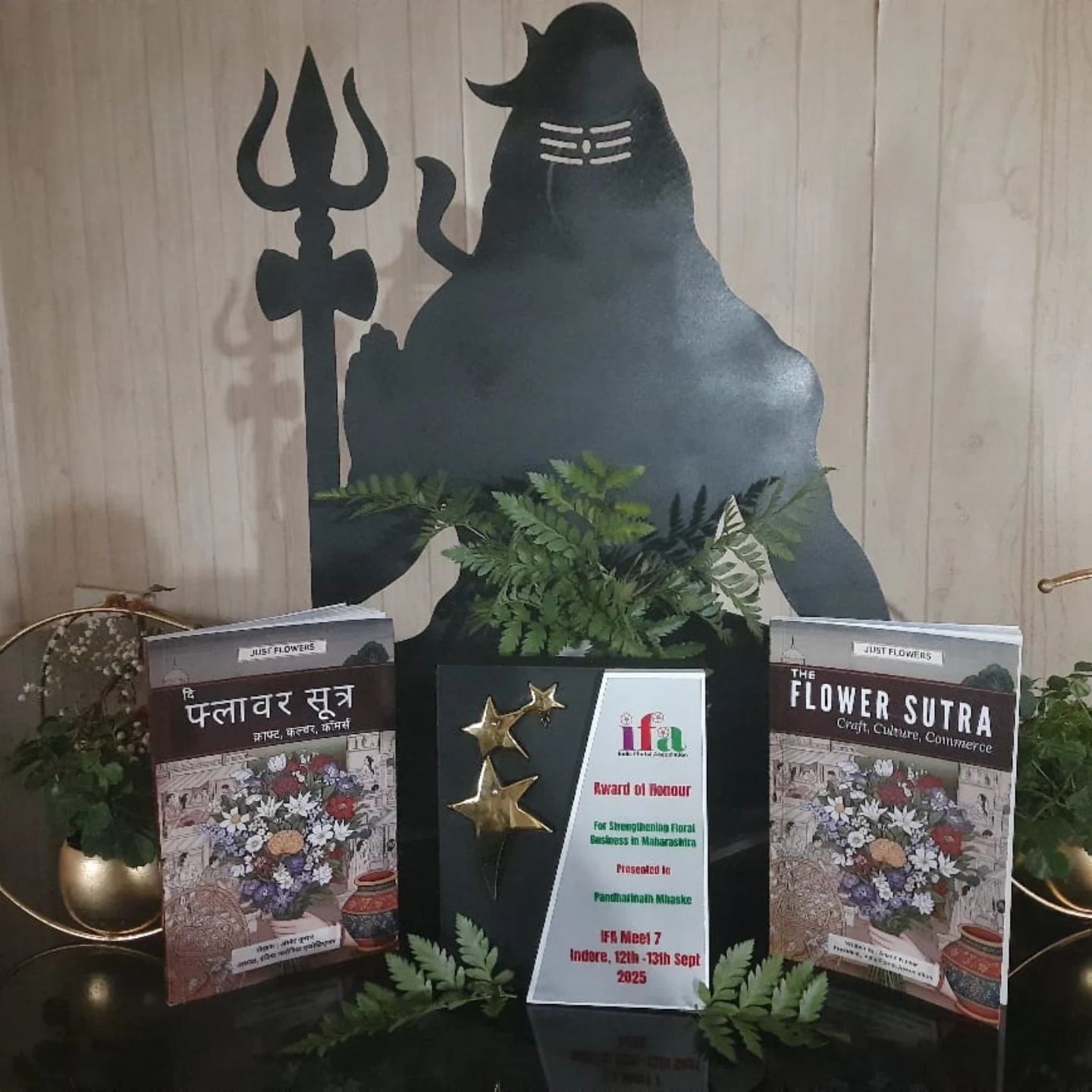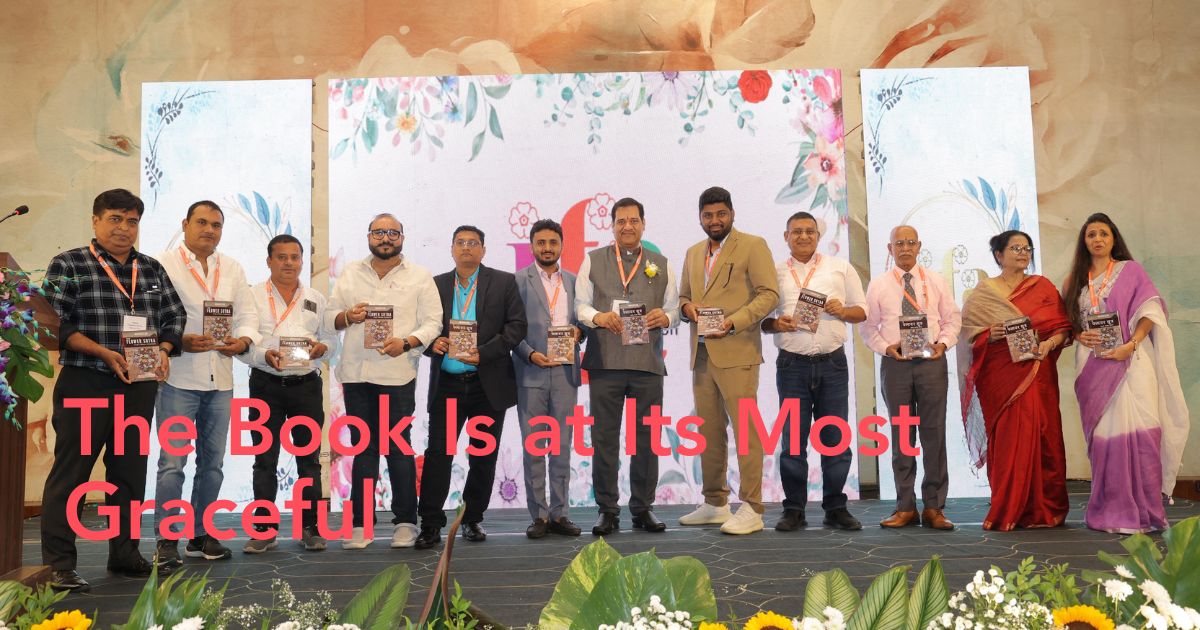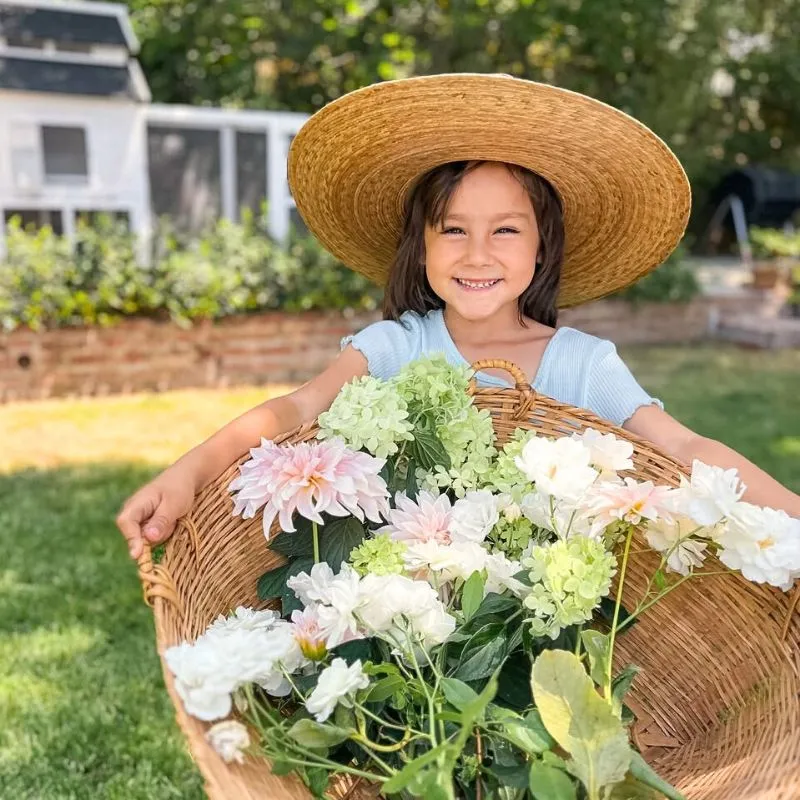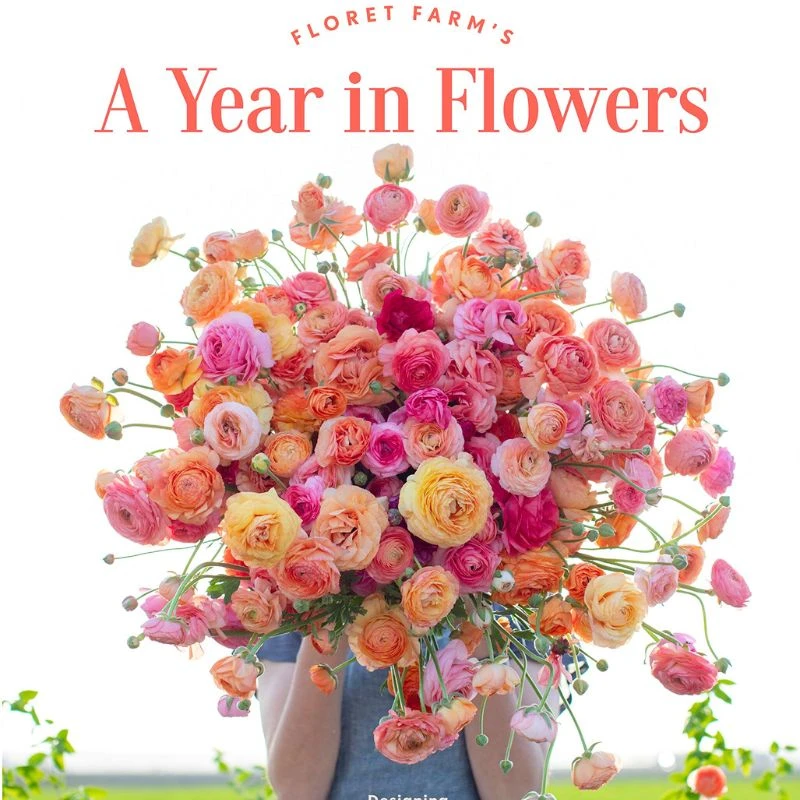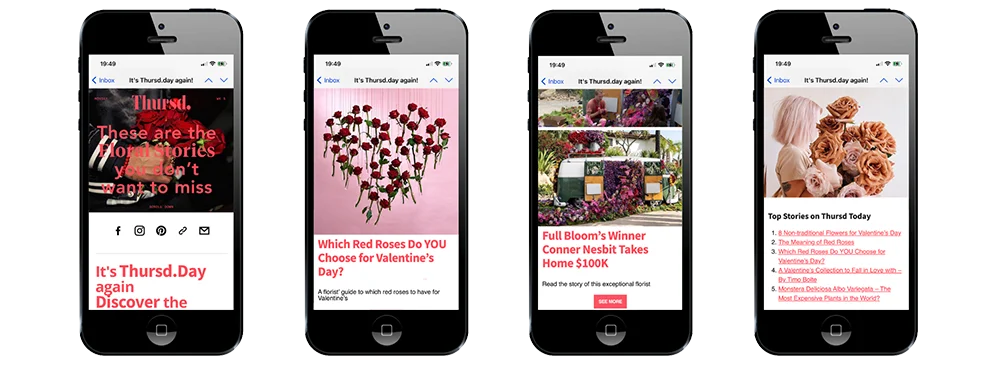If you spend your mornings among marigold torans and jasmine gajras, and your evenings coaxing stems into stories, you'll recognize the cadence of The Flower Sutra almost instantly. Anand Kumar does not shout his credentials; he lets the work do the speaking. The book opens like a fresh market at dawn – familiar, fragrant, and bustling with possibility - and then keeps revealing aisles you didn't realize you needed: culture, craft, commerce, and dignified discipline of day-to-day operations.
Rather than behaving like a manifesto, it reads like a companion: present in the workshop when tape won't hold, quietly authoritative when a client wants "grant, but not loud," and surprisingly lyrical when explaining why a single lotus can anchor a room.
India's Floral Grammar – Relearned, Not Replaced
So many design books rush to "what's trending." Kumar resists. He returns first to the ground – rituals, festivals, and the regional vocabularies that give Indian floristry its spine. Durga Puja's hibiscus, Onam's pookalams, the jasmine that turns a hairstyle into a memory - these are not flourishes; they're fundamentals. The text situates them with tact, then ushers readers forward: from temple precincts to dining tables, from altar garlands to boutique centerpieces, from inherited methods to hybrid forms that honor origin while embracing innovation.
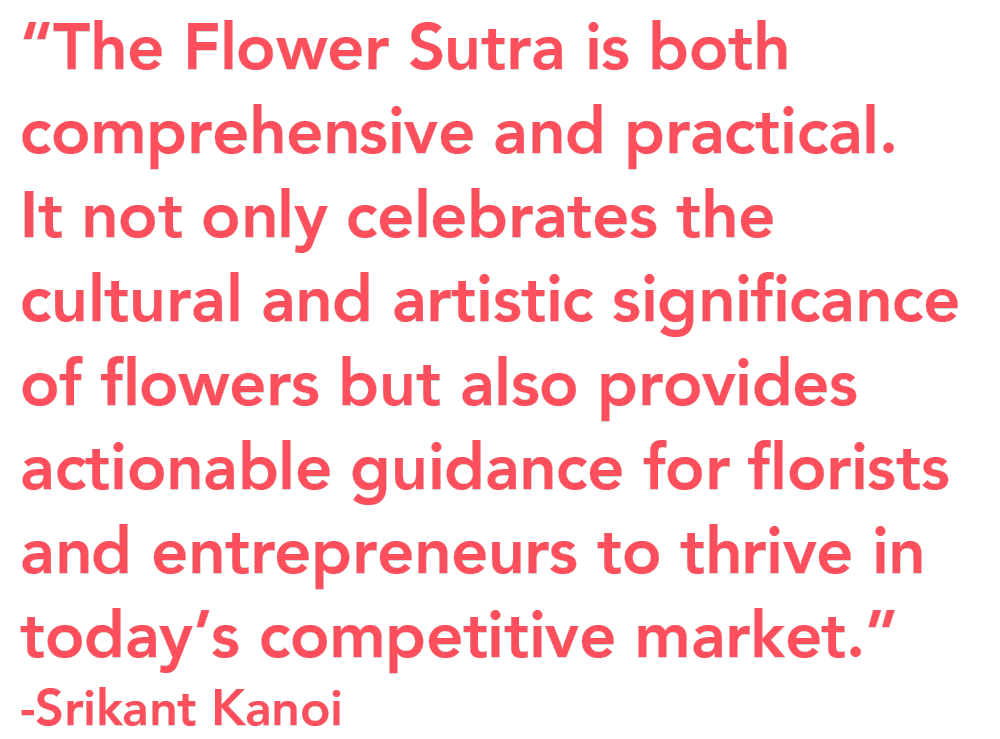
This is where the book is at its most graceful: it never treats Western influencers as superior or Indian traditions as static. It treats both as materials. Hydrangea and marigold can converse. So can a hand-tied bridal bouquet and a varmala, each with its own narrative and rigor.
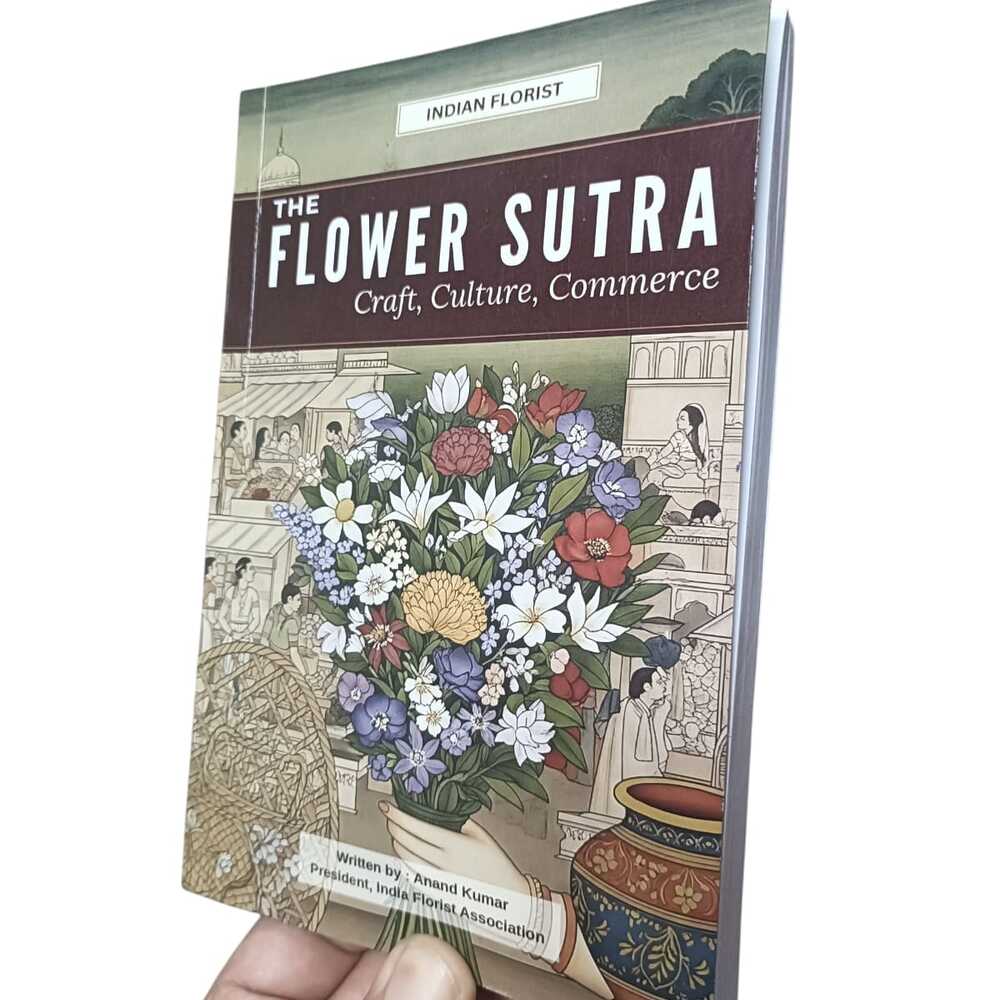
Design – Demystified for Beginners
The craft sections help operationalize the design principles. Balance, proportion, rhythm, and negative space arrive not as jargon but as learnable sequences. The spiral hand-tie technique is explained so clearly that you can pass it to an apprentice by afternoon. Bouquet archetypes – posy, cascade, presentation - are decoded with "why it works" logic rather than prescriptive diktats. Arrangement geometrics are more than shapes; they're moods you can direct, repeat, or subvert.
Then comes a quietly brilliant device - the '3:5:8' rule, that turns stem selection into a rhythm: three anchors, five connectors, eight finishers. It's memorable enough to teach and flexible, consistent without clipping creativity.
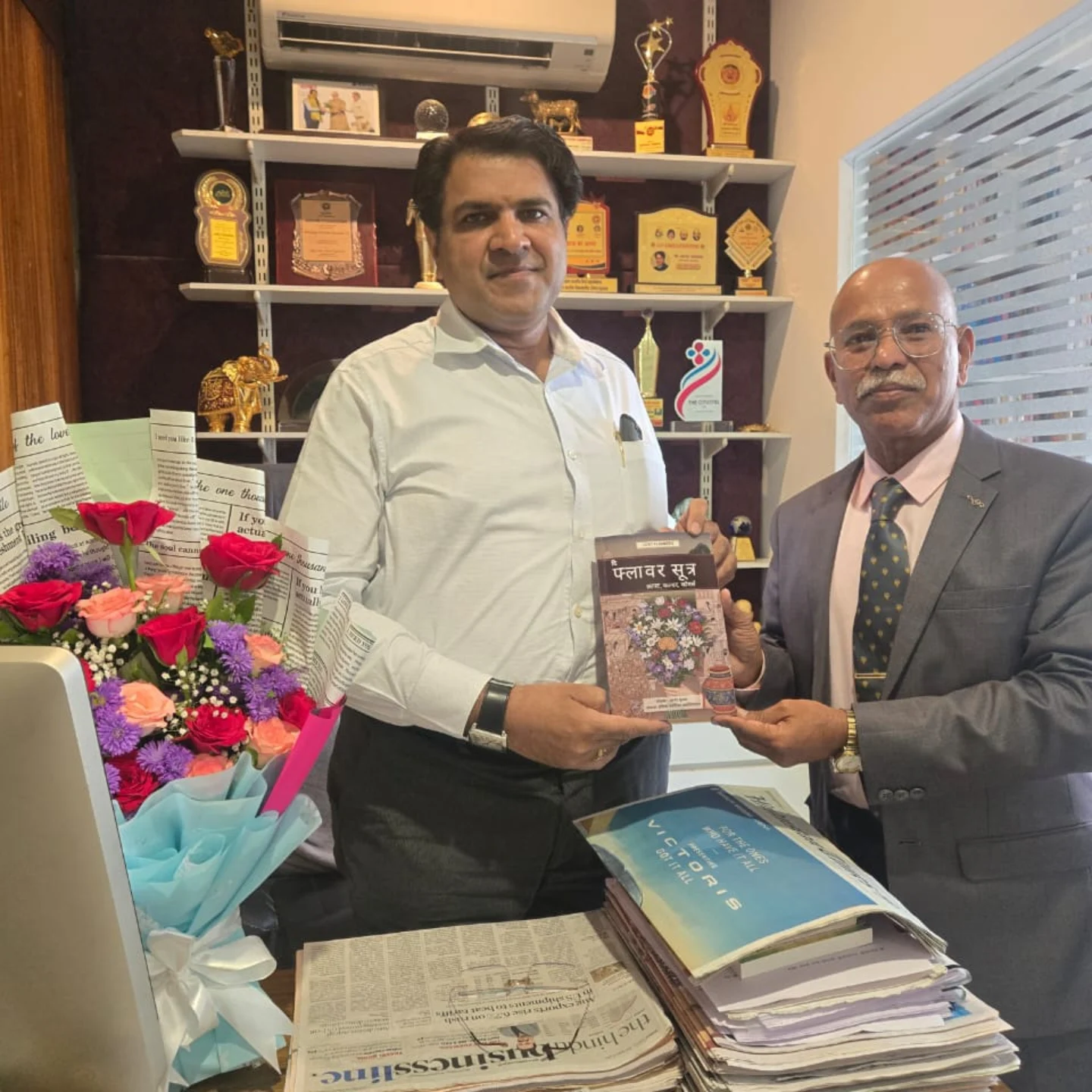
The Business Behind the Bloom – Indian Floristry
The great mercy of The Flower Sutra is that it refuses the false choice between artistry and livelihood. Pricing is not treated as an afterthought but as a craft of its own: direct vs. indirect costs, multipliers calibrated to complexity, the difference between a retail markup and a vent budget, value-based design fees when the customer is really buying judgment, not just stems. There's a measured conversation about shop vs. studio vs. home-based models, each with pragmatic pros and cons that reflect Indian realities - rents, utilities, municipal licenses, and the nuance of GST thresholds.
Branding is equally practical. You get a naming toolkit that respects language and locality, visual identity notes that balance Devanagari grace with modern minimalism, and packaging ideas that can be both eco-conscious and aspirational. This is not "make a logo and hope." It's a composite: tone, typography, color psychology for Indian occasions, and the orchestration of a customer's "unboxing" moment - yes, even for a humble floral headpiece (gajra).

A Guide to Turn Operations Into Reputation
Floristry's least photogenic truths - cold-chain discipline, FIFO stock rotation, bucket hygiene, ethylene awareness - are exactly the habits that built reliability. Kumar gives them page time without apology. New florists will find the receiving/conditioning protocol priceless; experienced teams will appreciate the checklists that reduce chaos when the lorry is late or the sun is unkind.
For event work, the run-of-show templates, rigging and safety notes, venue compliance pointers, and client handover discipline read like a producer's bible. They feel learned the hard way - and been gifted so others won't have to. This, more than any lofty prose, is what establishes trust.
Digital India, Local First
There's marketing advice here, but it's refreshingly local-first. Google Business Profiles used like storefronts, WhatsApp catalogs that sell without shouting, UPI as a frictionless handshake, subscriptions for homes and corporates that smooth cashflow, collaborations with planners and hotels that compound reputation. The tone never turns evangelical; it remains specific, rhythmic, and executable. If you've ever wondered how to move from "pretty feed" to "profitable pipeline," this chapter has a spine you can borrow.
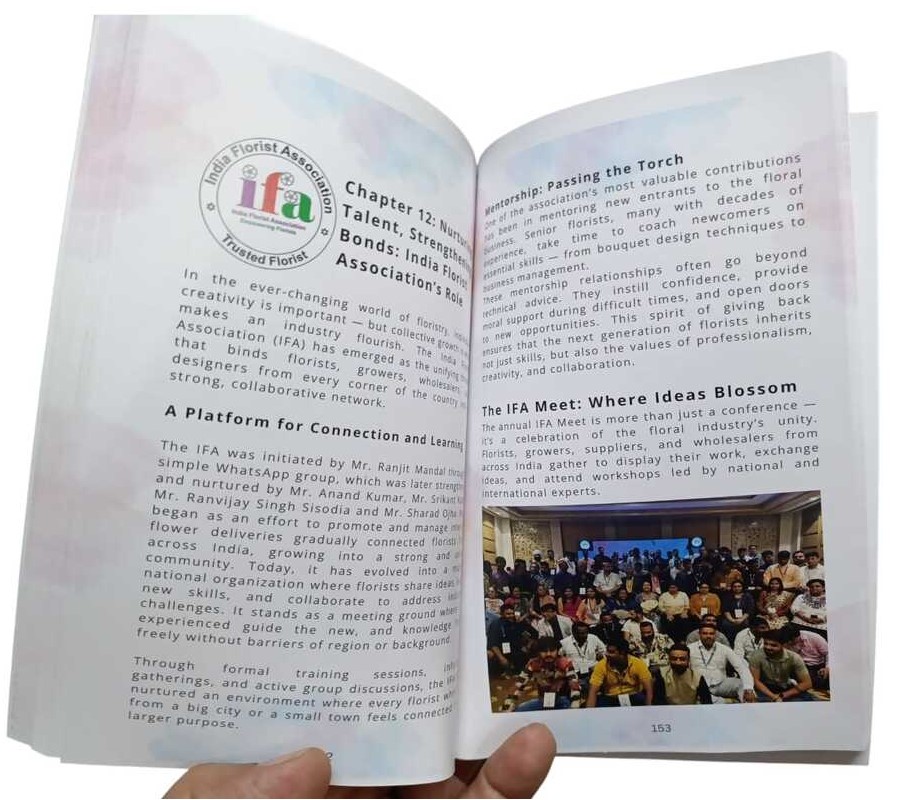
Sourcing with Sense: Mandis, Wholesalers, Farms
Another strength: the sourcing chapter is not romanticized. Mandis are early, messy, and indispensable; wholesalers bring consistency; farms offer control at scale. The book lays out a hybrid approach - local stems for volume and authenticity, exotics as accents for novelty and margin. The foliage chapter is a minor masterclass: greens as structure, economies, and tonality, not mere stuffing. It's the kind of thinking that lifts average arrangements into intentional design.
Learning as a Community Sport – India Florist Association
Threaded throughout is the role of the India Florist Association: mentorship, skill-sharing, and the unglamorous coordination that makes intercity deliveries or training pipelines work. The tribute feels earned, not obligatory. It's a reminder that industries don't grow on individual brilliance alone; they mature on standards, shared language, and open doors.
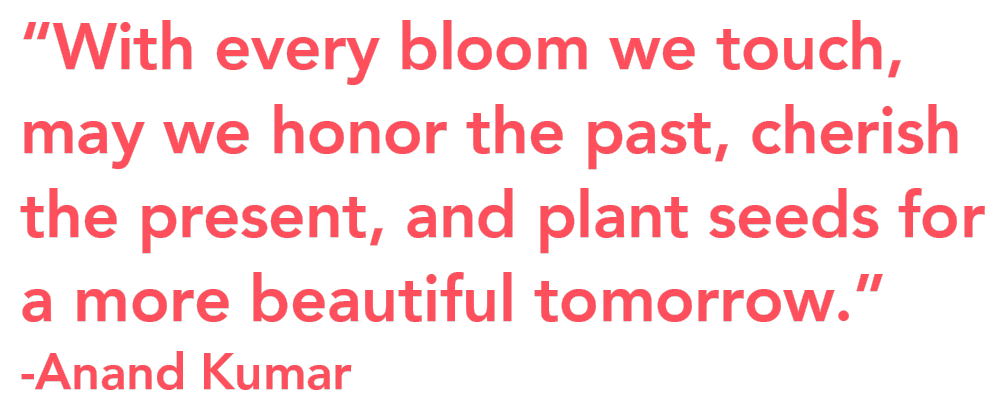
A Final Note, As Petals Settle
Some books charm you; a few change your day. This one improves your Tuesday morning - when stems need conditioning, a client wants "auspicious but contemporary," and your team must make five good decisions before lunch. The Flower Sutra is not loud about it, but it hands you the language, the ledger, and the checklist. And then it lets the work bloom.
